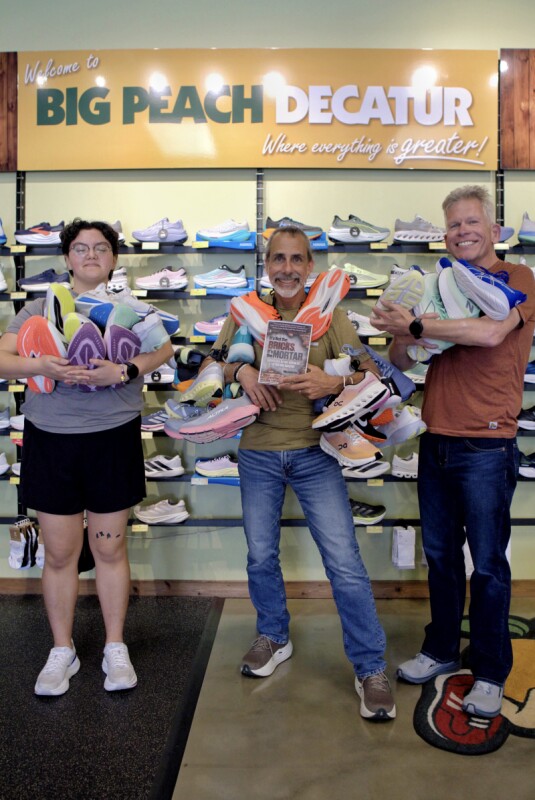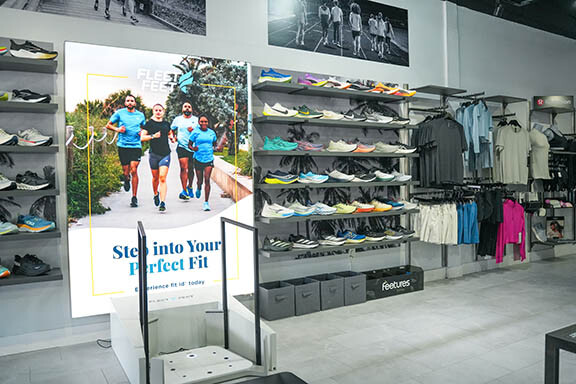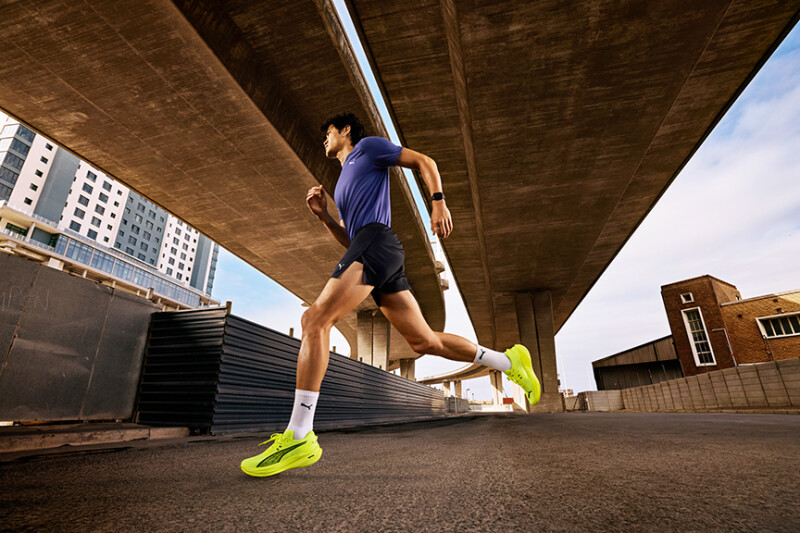There’s no debating that the running world has gone virtual, especially as actual races have been cancelled for the foreseeable future. Heck, even the Boston Marathon – most likely along with many other big races – is being held virtually this year because of the COVID-19 pandemic.
Into this “new normal” enters run specialty retailers and race organizers, all of whom are trying to figure out a way to not only jump on this virtual bandwagon, but also to use it to keep their doors open and attract new customers in a challenging retail environment. That’s the topic tackled by the Run Retail Town Hall this week, sponsored by Running Insight and The Running Event, which as usual was held, appropriately enough, virtually.
The benefits and challenges of switching a traditional road race to a virtual format – which is basically the only way a race can be run in these social distancing times – were discussed by Brian Rosetti, co-owner of Brooklyn Running/Scranton Running and founder of VDOT 02, along with industry veteran Stan Brajer, who counts Garmin and Polar on his resume.
Because retailers certainly need assistance in going virtual with their events, Rosetti outlined the benefits of the VDOT 02 technology, which grew out of a coaching app for training that allows coaches to manage their athletes training. For retailers, it helps manage their races and training.
“Because of the pandemic we created a feature on the app for virtual racing that allows stores to create a real race experience,” Rosetti said, explaining that the timing is verifiable with real race results, which really keeps people engaged. “We’re working with running stores to use virtual racing as a fun way to engage with their customers in this environment.”
Brooklyn Running Co. is utilizing the app to organize its upcoming Brooklyn Mile and Rosetti reported they are approaching their goal of 1000 registrants with a week to go before the start of the event.
Beyond the race organization, Rossetti explained that the technology allows stores to keep in touch and interact with their customers during their training programs, a vital component as they reopen their stores.
“Stores that have adopted our app have seen participation go way up because programs are carefully structured to lead up to a local or virtual race,” he explained. “Their customers are getting structured training not only when they meet as a group.”
An added benefit is that because stores know what their runners are doing – how, when and where they are running – they are able to connect them back to the store to talk about product.
Brajer then pointed out that the virtual races can also be a boon to brands looking for a way to connect to runners — either directly or through a retailer organizing a virtual race.
“We’re all accepting that races are going to be virtual for the time being,” he said. “These are the only opportunities for brands to reconnect with the consumer. Now more than ever it is a true partnership between brands and retailers because in many cases it is in everyone’s best interests to connect virtually.”
Another critical component of the virtual races that can be addressed through technology is the charity aspect, Brajer added. “This is a way to fulfill some of the lost revenue from races not being held,” he said. “This technology allows races to be very local at a time when people are very aware of giving to charities.”
Mitch Allen, of iRunTexas in San Antonio, who owns five races and times another 30-40 a year (except for 2020, of course), pointed to some real-life benefits he has enjoyed using Runsignup and now the Racejoy app. Something as simple as “race cheers” can be put into an app that can promote a race’s sponsors or charities or can just cheer runners on. It is another way of connecting through technology.
In addition, iRun Texas uses the app to bring people into the store by including drive-through pickup. “Two things happen,” he explained. “Race directors save money on postage by not having to mail anything and it did draw some business into the stores.”
(By the way, he reported that his store in San Antonio is now open to 50 percent capacity, had a “tremendous” May and June is currently up 15 percent.
Brajer summed up the mood of the call – and perhaps of the entire run retail business feeling its way through unprecedented times – when he urged everyone to share their ideas and concepts to see what eventually works.
“This is all a work in progress in unprecedented territory,” he said. “There are no crazy ideas.”






